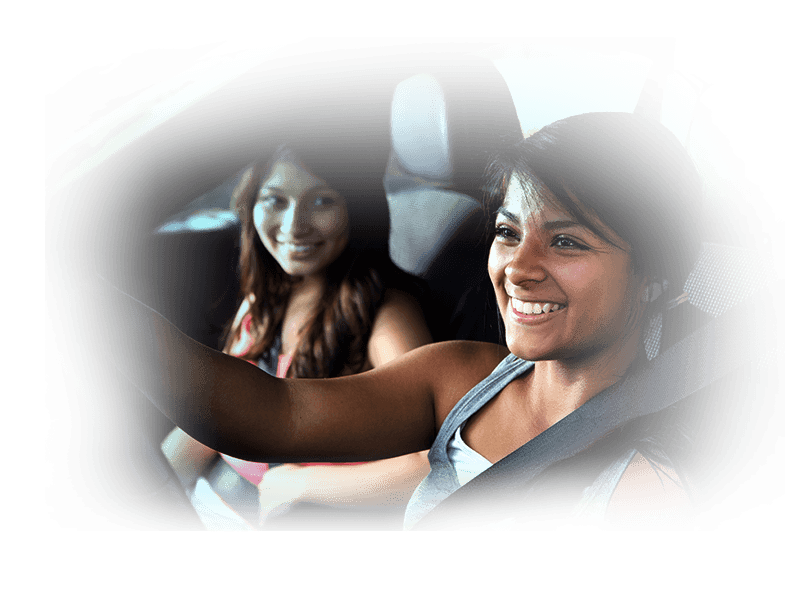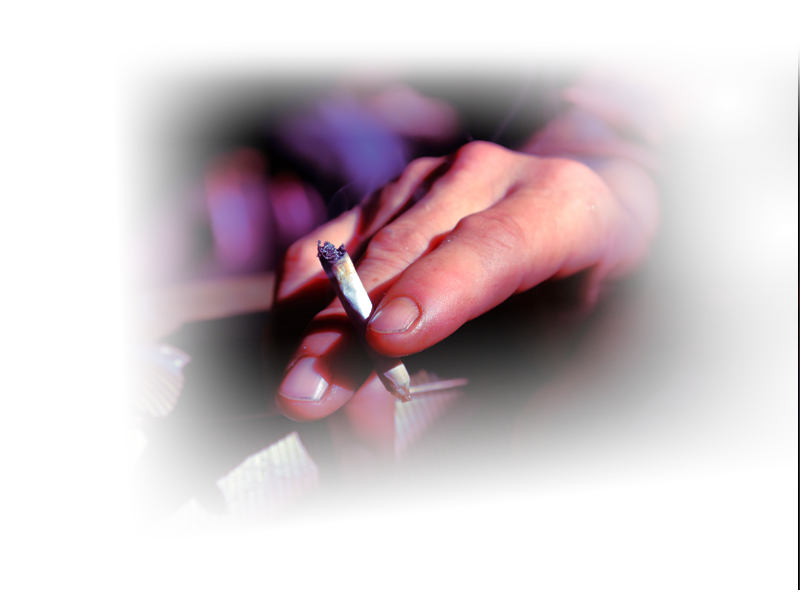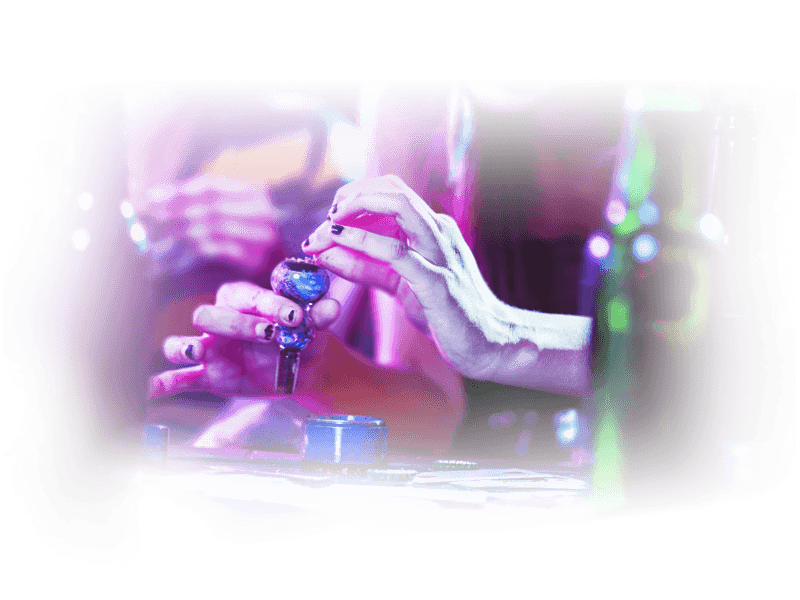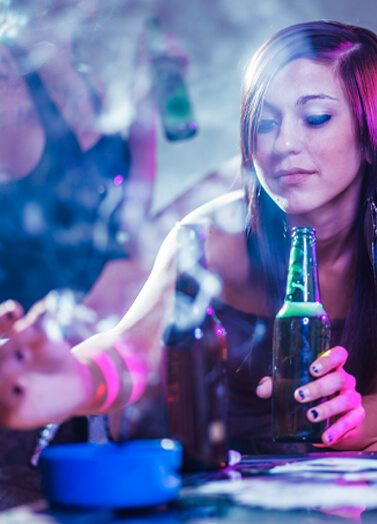What is a designated driver?
A designated driver is someone who does not drink alcohol or use any other substances like cannabis, at any time before or during the event, before driving.
Now back to the party.
Remember? You said you’d be the designated driver.
What do you choose to do?

 Choose not
Choose not
to use
Cannabis can affect our brains and bodies in ways that can make even familiar everyday tasks, such as driving, difficult to perform safely. By choosing not to use cannabis before driving, you made the safest decision you could to get everyone home.
Accelerate your knowledge to learn more about the effects of cannabis on driving.
What is the immediate impact of using cannabis on our brains and bodies?
Cannabis affects our brains and bodies in ways that can make even familiar tasks, such as driving, difficult to perform safely.
Accelerate your knowledge to learn more about the effects of cannabis on driving.

Are you sure you want to use cannabis?

What is the immediate impact of using alcohol and cannabis on our brains and bodies?
While alcohol and cannabis might make us feel different, they can still impact the ability to drive in a number of different ways.
Whether you use alcohol or cannabis or both… impairment is impairment.
Accelerate your knowledge to learn more about the effects of cannabis and alcohol on driving.

 Are you sure you want to use cannabis & alcohol?
Are you sure you want to use cannabis & alcohol?

Driving is harder if you're high.
Cannabis can impair basic functions necessary for safe driving.
- Divided attention. Changing the radio station and maintaining speed might be more difficult than usual.
- Concentration. You might be more easily distracted or you might only be able to focus on one thing at a time; but driving is a high-level, multi-task activity.
- Decision making. It might take you longer to decide how to handle sudden changes, such as a changing traffic light, needing to use the brakes or reading signs.
- Reaction time. You could find it more difficult to react to unexpected events like a pedestrian or animal darting out on the roadway.
- Perception of time and space. You might have difficulty staying in your own lane, obeying the speed limit and maintaining distance from other drivers.
- Manoeuvring. You might have trouble passing other vehicles safely.
Road Trip Tip #1: There’s no quick fix or easy way around it – cannabis changes the way we think, feel and behave. Plus, everyone’s experience can be different. This means that it can be difficult to predict how cannabis might affect you and for how long, especially when you’re driving. It’s safer if you don’t use cannabis.
Effects of Alcohol and Cannabis
Remember that mixing cannabis with alcohol leads to greater levels of impairment than either substance alone.
Effects of cannabis and alcohol on driving
Driving can be hard – especially if you mix cannabis and alcohol.
Cannabis and alcohol can impair basic functions necessary for safe driving.
-
Divided attention. Changing the radio station and maintaining speed might be more difficult than usual.
-
Concentration. You might be more easily distracted.
-
Decision making. It might take you longer to decide how to handle sudden changes, such as a changing traffic light, needing to use the brakes or reading signs.
-
Reaction time. You could find it more difficult to react to unexpected events like a pedestrian or animal darting out on the roadway.
-
Perception of time and space. You might have difficulty staying in your own lane, following speed, and distance from other drivers.
-
Manoeuvring. You might have trouble passing other vehicles safely.
Road Trip Tip #2: While alcohol and cannabis can make you feel different, both can affect your ability to drive a vehicle safely. That’s why it’s always important to remember that impaired is impaired, regardless of the drug. It’s safer if you don't use cannabis or alcohol.
Collision rates and risks
a month
Road Trip Tip #6: Cannabis collisions are a reality we can avoid. While we may not hear much about cannabis-related collisions on the news, they do occur. Cannabis collisions can result in serious injuries and fatalities. It’s safer if you don’t use cannabis.
Collision rates and risks
a month
Road Trip Tip #7: Damaging your vehicle is just half the story. Driving high can increase the risk of collision, especially if you've mixed cannabis with alcohol or other drugs. When cannabis and driving collide, the risks can be greater than you think. It's safer if you don't use cannabis.
Road Trip Tip #4: Police officers can tell if you're driving high. If you are pulled over for driving impaired, police officers can test your physical coordination, attention, saliva and blood or urine to determine if you are impaired and by which drug or drugs. Avoid the consequences. It's safer if you don't use cannabis.
Pulled Over
Arrest
- Licence Suspension
- Vehicle Impoundment
- Fines & Fees
Criminal Charge
Standard Field Sobriety Test (SFST)
A set of tests conducted at the roadside by a police officer to assess the driver for impairment. Officers will watch your eye movement, your ability to multi-task and perform coordinated movements, as well as observe for any behaviours that indicate impairment.
Oral Fluid Test
Police officers can perform roadside screening tests to check for cannabis and other drugs. To do the test, they collect a small sample of saliva from the driver’s mouth, using a swab or pad.
Drug Recognition Expert (DRE)
A Drug Recognition Expert is a police officer trained to detect and identify drivers under the influence of alcohol or other drugs. After a driver is screened for suspected impairment, a DRE may be called to conduct a 12-step examination to assess whether or not the driver is impaired and identify the category of drug likely responsible for the impairment.
Blood Sample
If an officer arrests a driver for suspected impairment, they can demand that the driver provide a blood or urine sample (blood is more common). The sample is tested for the presence of cannabis and other drugs.









